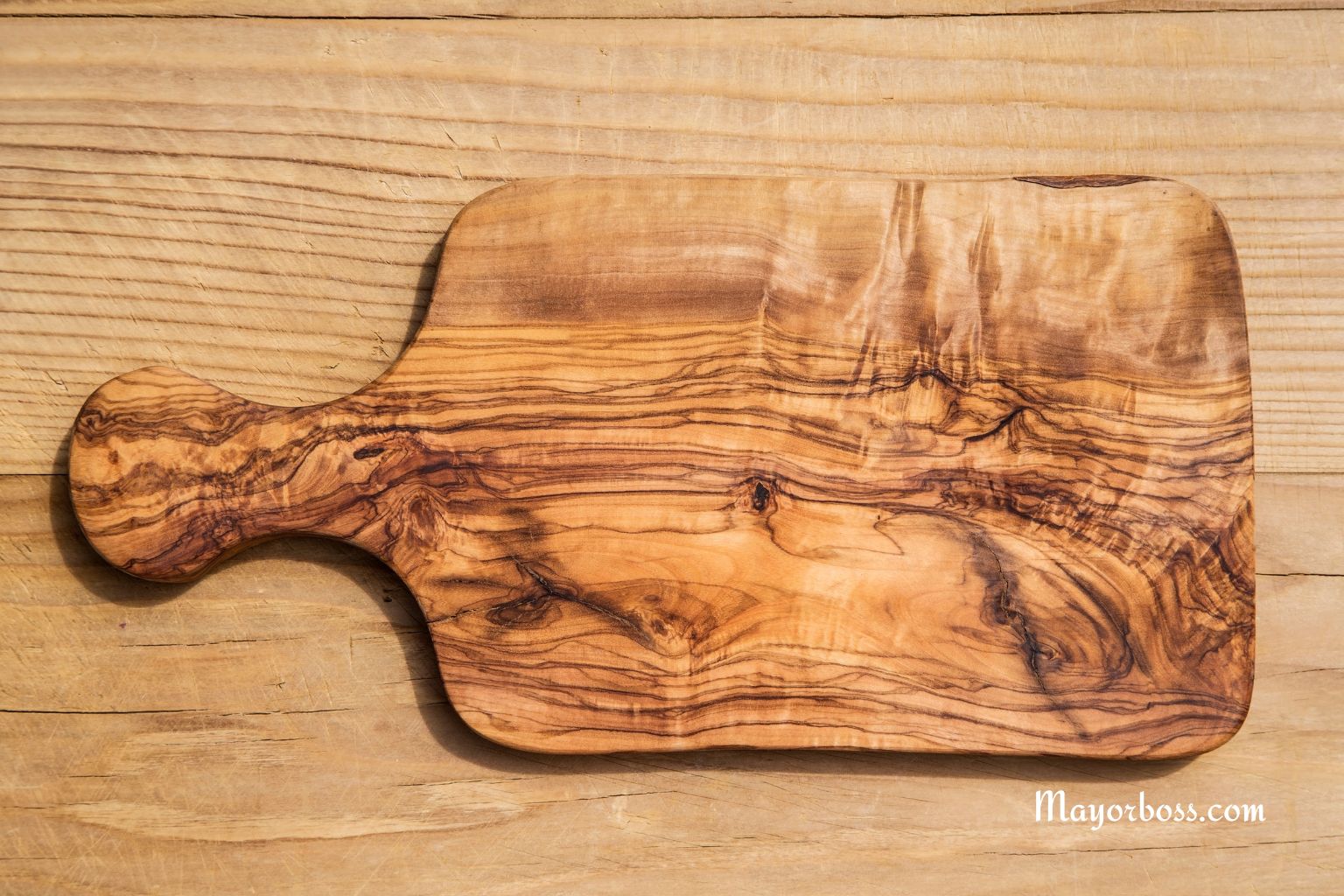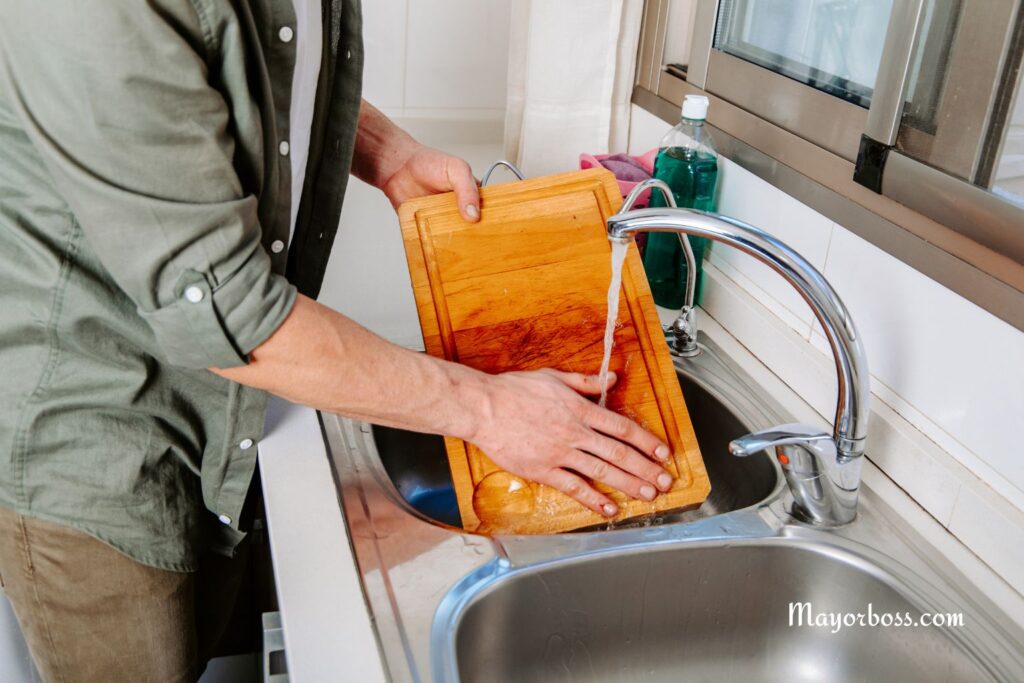How Often to Replace Your Cutting Board
You should replace your cutting board every 1 to 5 years, depending on the material, how often you use it, and how well you care for it. Deep grooves, stains, warping, or lingering smells are clear signs it’s time for a new one.

Truth be told, a cutting board is one of the most-used tools in any kitchen. Whether you’re slicing vegetables, carving meat, or chopping herbs, it’s always there. But like anything used daily, it doesn’t last forever. The question is—how often should you replace it?
Why Your Cutting Board Needs Replacing
Over time, cutting boards develop small cuts and grooves from your knife. These marks may seem harmless, but they can trap food particles and bacteria. Even with regular washing, these grooves can become a hidden danger. If your board isn’t cleaned properly, it may harbor germs that increase your risk of foodborne illness.1
Also, repeated use and cleaning can cause warping, staining, or odors that just won’t go away. That’s a sign the board is no longer safe or effective.
How Long Does a Cutting Board Last?
The lifespan of your cutting board depends on three main things:
- Material
- Frequency of Use
- Care and Cleaning
Let’s go through each.
1. Wood Cutting Boards
Lifespan: 3 to 5 years
Wood cutting boards are beautiful and gentle on knives. They’re popular for a reason. But they also need a bit more care. You should oil them regularly to prevent cracking and warping.
If you notice deep grooves, black stains (which could be mold), or if the board won’t sit flat on the counter anymore, it’s time to let it go. Also, if your wooden board starts smelling bad even after scrubbing, bacteria may have seeped in.
2. Plastic Cutting Boards
Lifespan: 1 to 3 years
Plastic boards are easier to clean and often dishwasher-safe. That’s a big plus. But they tend to wear out faster. As you use them, the surface gets sliced up. These knife grooves are harder to clean completely and can hold bacteria.
If you see deep knife marks, discoloration, or your board becomes slick and shiny (a sign of overuse), replace it. Many food safety experts recommend tossing plastic boards as soon as they’re deeply scratched.
3. Bamboo Cutting Boards
Lifespan: 3 to 4 years
Bamboo boards are harder than wood and resist knife grooves better. They’re also eco-friendly. But they still need regular oiling and careful cleaning. Like wood, they shouldn’t be soaked in water or washed in a dishwasher.
If it becomes dry, cracked, warped, or starts absorbing odors, it’s time to replace it.
4. Glass or Marble Cutting Boards
Lifespan: Indefinite—but not recommended for everyday use
These surfaces don’t wear out the same way, but they’re tough on your knives and can be slippery. They don’t harbor bacteria like porous surfaces do, but because they damage knives so easily, they aren’t a good everyday choice. If they chip or crack, replace them immediately.
Signs It’s Time to Replace Your Cutting Board
Here are the clear red flags:
- Deep grooves you can’t clean out
- Persistent odors even after washing
- Warping or cracking
- Stains that won’t fade
- Bacterial contamination, especially after raw meat use
- Knife damage that’s hard to ignore
If you see one or more of these signs, don’t wait. It’s safer to replace it.
How to Make Your Cutting Board Last Longer

- Wash after each use with hot, soapy water
- Dry it thoroughly—never store it wet
- Use separate boards for raw meat and produce
- Sanitize regularly with diluted vinegar or a small amount of bleach
- Oil wooden boards monthly with food-grade mineral oil
- Avoid dishwashers for wood and bamboo boards
- Store flat to prevent warping
Should You Use Different Boards for Meat and Vegetables?
Yes. This is important. Always keep at least two cutting boards—one for raw meat, poultry, or seafood, and another for fruits, vegetables, and ready-to-eat foods. This lowers the risk of cross-contamination.2
Color-coded boards (like red for meat and green for produce) can help keep this habit simple and safe.
FAQs
1. Can you sand down a wooden cutting board to make it last longer?
Yes, if the board is thick and still in decent shape. Light sanding can smooth out knife grooves. Be sure to re-oil afterward.
2. How often should I oil a wooden cutting board?
Once a month is a good rule. If your board looks dry or starts absorbing water quickly, it’s time to oil.
3. Is it safe to use a stained cutting board?
If the stain is superficial and not moldy or smelly, it might be safe. But if it won’t come out or has an odor, replace the board.
4. Can I use bleach to disinfect my board?
Yes, but dilute it. Use 1 tablespoon of bleach per gallon of water. Rinse well and dry completely.
5. Is it better to have one high-quality cutting board or several cheaper ones?
Multiple boards are better for food safety. Even if you buy affordable ones, having separate boards for different food types reduces contamination risk.






